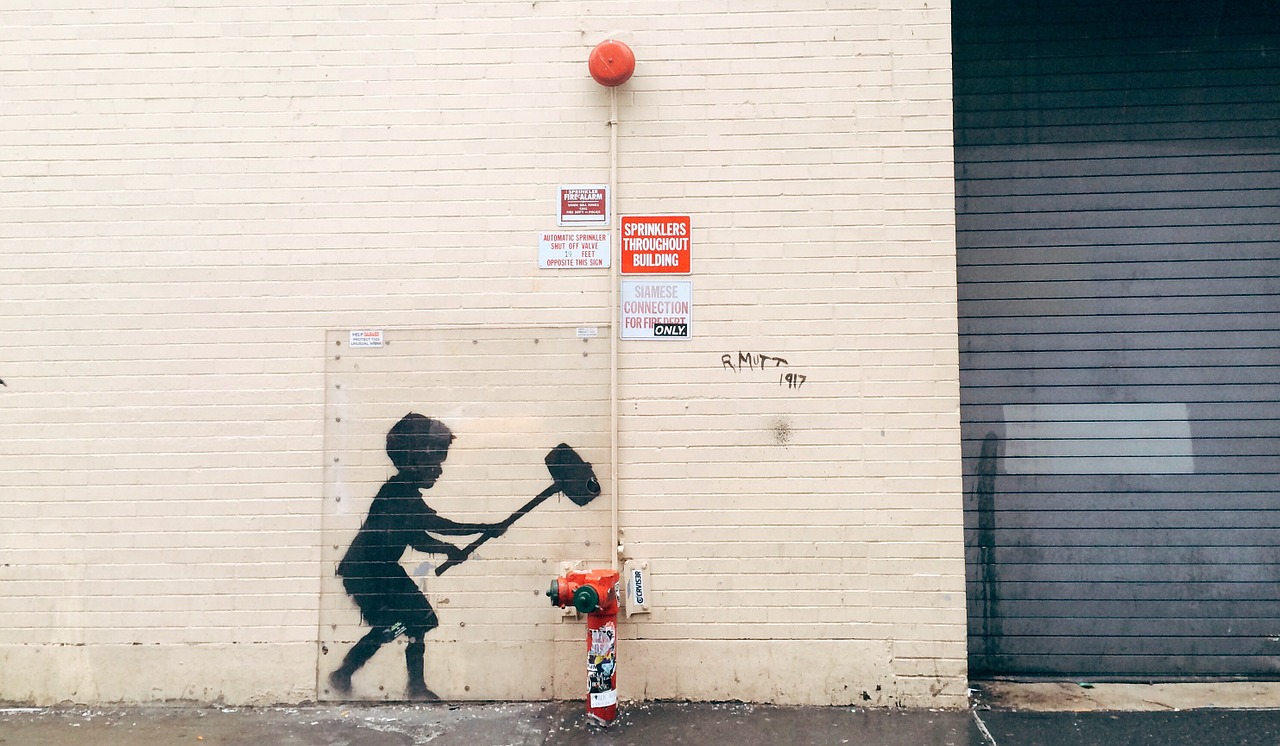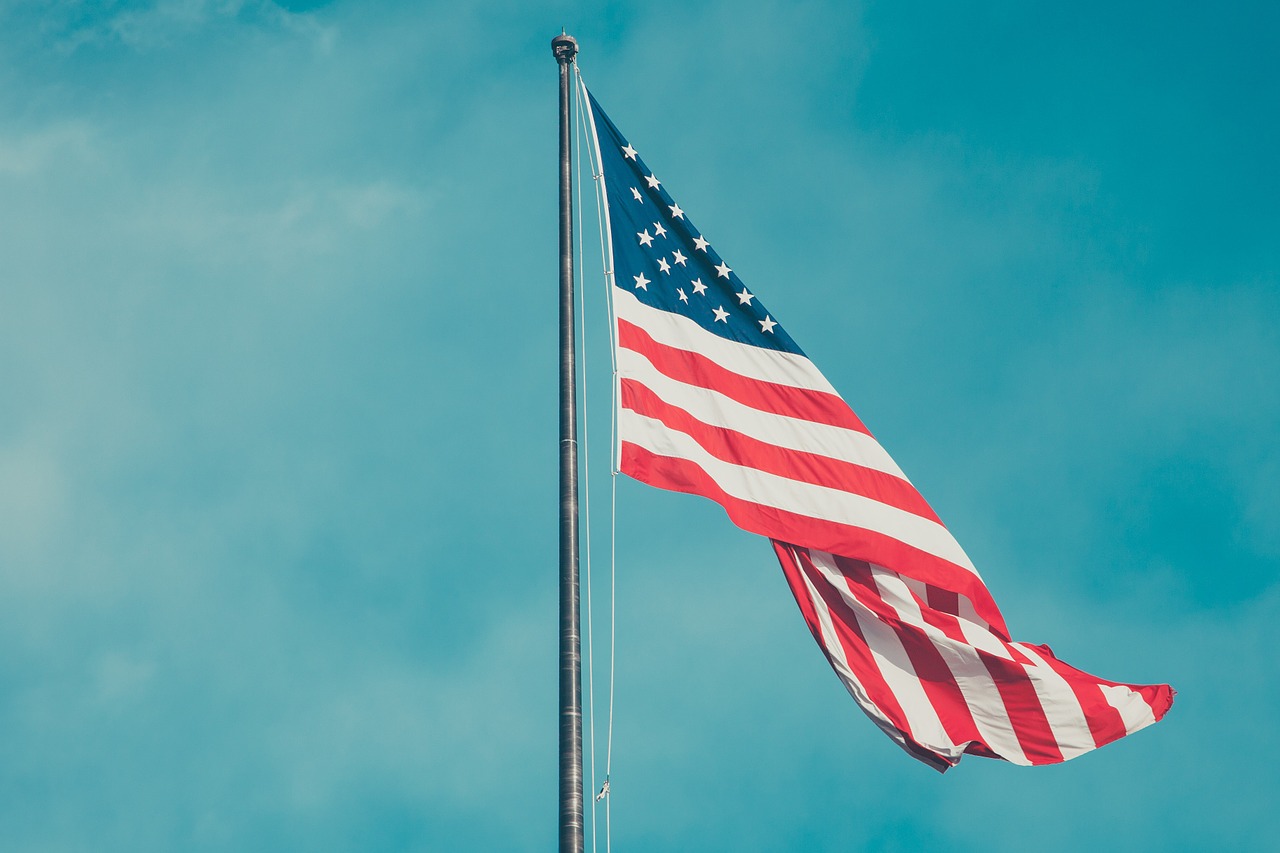
Banksy the Brand
November 18, 2016
Banksy the Brand
Banksy is famous for his satirical street art, filmmaking and political activism. Born in the UK, his art began to emerge across his hometown Bristol back in the 90s. Moving forward, he is now an internationally recognised icon, with the Art of Banksy Exhibition currently showcasing some of his works here in Melbourne! Despite this worldwide presence, his identity remains a secret. But what can brands learn from this elusive character’s success?
1.Stay current and know your audience.
Banksy’s art provides a powerful and mutinous commentary on social and political events around the world. By commenting on current events Banksy engages his audience and keeps them captivated. During his month-long “Better Out Than In” residency in New York, Banksy unveiled a new piece of work each day that tapped into cultural tensions and talking points of the city.
Although brands do not need to be controversial, they do need to consider what captivates their audience. Brands need to be mindful of trends and topics affecting their consumers, adjusting and moving the direction of their brand accordingly.
2.Banksy proves that being different makes a difference.
Banksy goes to great lengths to maintain his anonymity, creating a mysterious persona that intrigues his fans. In contrast, his work can be easily identified by his signature stencil style. In the battleground of brands it is essential to understand what makes your brand unique, and to know how to communicate this effectively to stand out against competitors. Being different is not necessarily all about the product; it can be about the purpose, value or personality of the brand. Thorough insight is required to understand what sets your brand apart, so this can then be clearly defined and shared with consumers.
3.Banksy also highlights the importance of always staying authentic.
For example, Banksy never deviates from his clearly articulated brand; even the medium that Banksy uses stays true to his brand, using illegal graffiti to communicate his messages of social activism. Authenticity is vital to building brand identity and credibility, which in turn helps to foster consumers’ trust and connection with a brand. Consumer demand for authentic brands is illustrated by Cohn & Wolfe’s 2014 Authentic Brands Global Study that found 83% of consumers thought it was important for a company to be “clear about – and true to – its beliefs”. Brands need to embrace this ‘Age of Authenticity’ or risk being left behind.
Banksy is undoubtedly successful as a brand. With help from former manager Steve Lazarides he created a market for street art that had not previously existed. Now, he is one of the most influential and famous artists to dominate the contemporary world. There is certainly a lot that brands can learn from the success of this famous, yet enigmatic artist.
Written by Amy.

